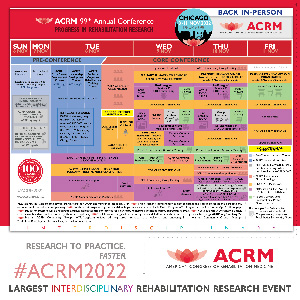Back

Collecting performance data from children can be difficult. The complexities of studying this unique population often requires creative solutions. When the solution involves the use of an existing or developing technology, things can get complicated fast. Trade-offs in device size, power consumption, ease-of-use, measurement rates, accuracy, data collection environment, and even safety can become part of the decision-making process. Sometimes these requirements are in conflict, further complicating the appropriate device selection and research design.
This presentation will highlight developing technologies for the study of pediatric movement and performance. The integration of engineering tools in pediatric research will be discussed including the importance of collaboration and where to find expertise to help advance your research.
SPECIAL Symposia
Pediatric Rehabilitation
SPECIAL SYMPOSIUM: Shining a light on technology: engineering advances applied to pediatric research
Wednesday, November 9, 2022
10:45 AM – 12:00 PM

Peter Pidcoe, PT, DPT, PHD
Professor - Dept of Physical Therapy
Virginia Commonwealth University
Richmond, Virginia, United States
Presenter(s)

Collecting performance data from children can be difficult. The complexities of studying this unique population often requires creative solutions. When the solution involves the use of an existing or developing technology, things can get complicated fast. Trade-offs in device size, power consumption, ease-of-use, measurement rates, accuracy, data collection environment, and even safety can become part of the decision-making process. Sometimes these requirements are in conflict, further complicating the appropriate device selection and research design.
This presentation will highlight developing technologies for the study of pediatric movement and performance. The integration of engineering tools in pediatric research will be discussed including the importance of collaboration and where to find expertise to help advance your research.
Learning Objectives:
- Upon completion, participant will be able to evaluate and choose between current technologies for movement assessment.
- Upon completion, participant will be able to describe the trade-offs associated with device selection for use in pediatric research.
- Upon completion, participant will better understand the research tools available through collaborative relationships with engineering and medicine.

.jpg)
